New Functions
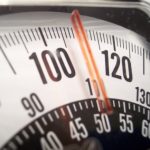 In the font Chord Symbols some new functions have been added. You now can use the font to write scale degrees in roman numerals. Plus, the font now contains a double flat and a double sharp, for the use in classical harmony.
In the font Chord Symbols some new functions have been added. You now can use the font to write scale degrees in roman numerals. Plus, the font now contains a double flat and a double sharp, for the use in classical harmony.
About chord symbols in jazz and pop
 In the font Chord Symbols some new functions have been added. You now can use the font to write scale degrees in roman numerals. Plus, the font now contains a double flat and a double sharp, for the use in classical harmony.
In the font Chord Symbols some new functions have been added. You now can use the font to write scale degrees in roman numerals. Plus, the font now contains a double flat and a double sharp, for the use in classical harmony.
 The use of chords extensions in classical music is different from that in pop & jazz. In the classical notation, extensions are dependent on the key. Thus,
The use of chords extensions in classical music is different from that in pop & jazz. In the classical notation, extensions are dependent on the key. Thus, C7
could mean a chord with a major seventh, if it is in the key of C major. Thus the seventh is indicating the seventh tone in the scale, counting from the note c. In the key of F major however, C7
will denotate a chord with a minor seventh, because the note b flat is part of the scale. [...]
 Sometimes you come across the indication alt. This means the chord is altered. But what noted should we play sharp or flat? The funny thing is that even musicians writing this chord do not really know what it means. The funny thing is that even musicians writing this chord do not really know what it means. Most jazz musicians agree it means something like this:
Sometimes you come across the indication alt. This means the chord is altered. But what noted should we play sharp or flat? The funny thing is that even musicians writing this chord do not really know what it means. The funny thing is that even musicians writing this chord do not really know what it means. Most jazz musicians agree it means something like this:
The alt chord is a dominant chord
(thus, it is a major chord with a seventh),
probably it has a flat ninth [...]
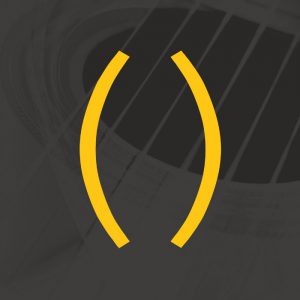 Some musicians tend to write all extensions except for the first one between parenthesis. Thus, they would write
Some musicians tend to write all extensions except for the first one between parenthesis. Thus, they would write G7(>9)
instead of G7>9
, and D7(<9<5)
instead of D7<9<5
. This way of notating can be seen in The New Real Book. But apart from that publisher, not a lot of books use this method. [...]
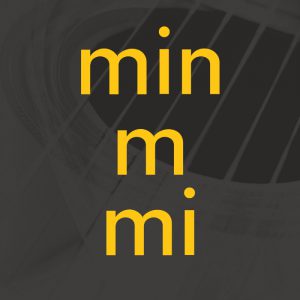 Most musicians agree on the notation of a minor chord. Just an m will do, so we will write
Most musicians agree on the notation of a minor chord. Just an m will do, so we will write DM
and GM7
. Unfortunately, some musicians use min instead. And in some books, like the New Real Book and the Latin Real Book (both published by Sher Music), mi is used.
So how are these preferences devided? Just for the fun it it, I did a small investigation in Google. [...]
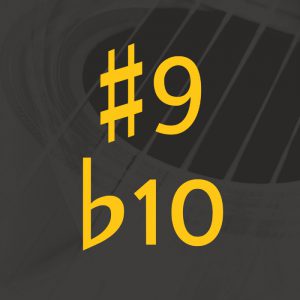 The chords consisting of c, e, g, b flat and e flat (or d sharp), how is it notated? In the States most musicians will write
The chords consisting of c, e, g, b flat and e flat (or d sharp), how is it notated? In the States most musicians will write C7>9
. In The Netherlands however, it is common to notate it as C7<10
. And in the early days of jazz the latter way of writing seems to have been more common in the States as well.
How do we choose between these two? Both the notations C7>9
and C7<10
make sense. [...]
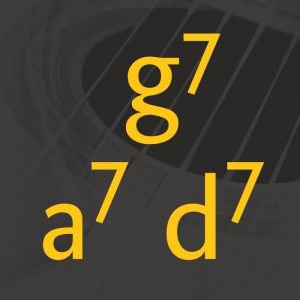 When I was eighteen and just started playing the piano, I talked to my somewhat eccentric uncle, who was a fanatic amateur musician. He told me I should write minor chords with lowercase letters. Being impressed by his overwhelming personality, I followed his advice. And it is not a bad idea! It matches the way major and minor keys are sometimes notated in classical music (especially in European countries). For example, a violin concerto would be in D major or in d minor. [...]
When I was eighteen and just started playing the piano, I talked to my somewhat eccentric uncle, who was a fanatic amateur musician. He told me I should write minor chords with lowercase letters. Being impressed by his overwhelming personality, I followed his advice. And it is not a bad idea! It matches the way major and minor keys are sometimes notated in classical music (especially in European countries). For example, a violin concerto would be in D major or in d minor. [...]
 The suspended fourth is an alteration of a chord, in which the third is moved up to the fourth note (counting from the root of the chord). For example, in
The suspended fourth is an alteration of a chord, in which the third is moved up to the fourth note (counting from the root of the chord). For example, in Csus4
the third is moved up to the f. In the classical harmony the fourth has to be resolved to the third. In jazz and pop a lot of times this chord will be followed by a regular triad as well. (Though in some styles the sus4
sounds fine as it is. [...]
 In my work as an arranging teacher at the conservatory, I often encounter students claiming that a specific way of notating chords is wrong. Apparently they have learned to write chords in a certain way and they think that is the only correct way. That is a shame, they should have been told that there are a lot of differences in the way people use chord symbols.
In my work as an arranging teacher at the conservatory, I often encounter students claiming that a specific way of notating chords is wrong. Apparently they have learned to write chords in a certain way and they think that is the only correct way. That is a shame, they should have been told that there are a lot of differences in the way people use chord symbols.
A nice way to illustrate this, is to look at some famous books with standards. Let's compare the Real Book and the New Real Book, two of the most well-known collections of standards, used by millions and millions of musicians. [...]
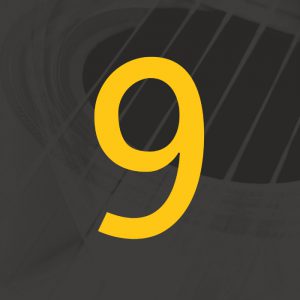 In jazz music a ninth implicates the seventh. Thus, in
In jazz music a ninth implicates the seventh. Thus, in C9
for example, you should play a seventh as well as the ninth. In this way, time is saved in both writing and reading chords, because most of the time you want to play a ninth in combination with a seventh. If you ever need to notate a chord with a ninth but without a seventh, you write Cadd9
. The above knowledge is taught on conservatories throughout the world, and you may find this information as well in theory books and on Wikipedia.
So you might think this is the common way of notating ninth chords. But it isn't! [...]